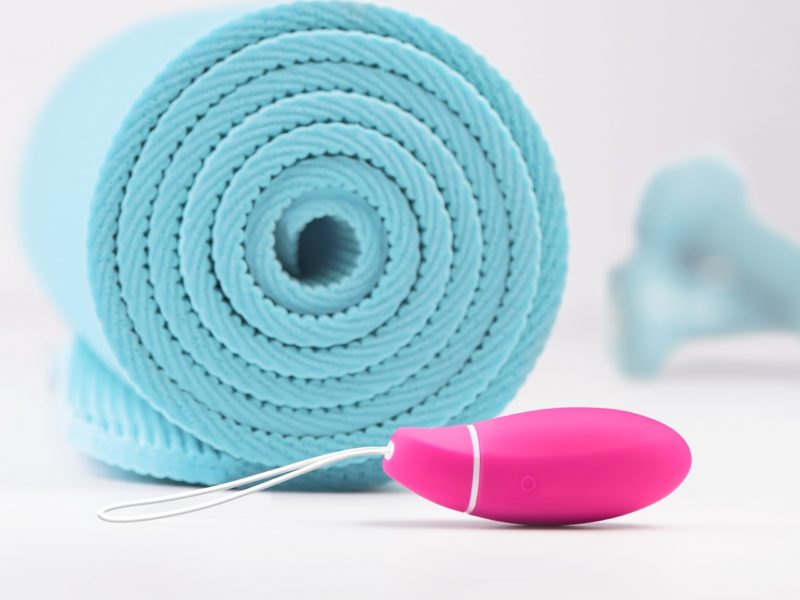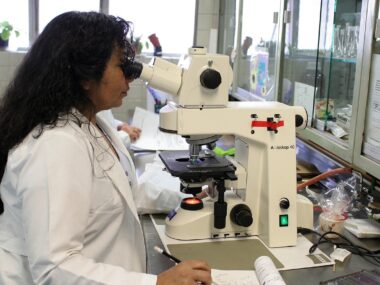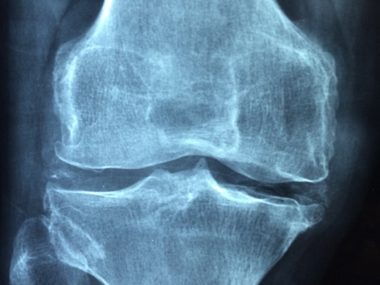The exercise got its name from Dr. Arnold Kegel, an American gynecologist who first introduced them in the 1940s. The Dr introduced the exercises as a non-surgical way to treat urinary incontinence from perineal muscle weakness. The exercise aims to strengthen the muscles that support the pelvic organs. These exercises offer numerous health benefits for both men and women, contributing to improved sexual function, bladder control, and overall pelvic health.
The pelvic floor is a group of muscles, ligaments, and connective tissues that span the base of the pelvis. These groups of muscles support the bladder, rectum, and reproductive organs. The primary muscles involved in Kegel exercises are the pubococcygeus (PC) muscles, which form a figure-eight shape around the openings of the urethra, vagina, and anus.
Importance of Kegel Exercises
- Improved Bladder Control: Strengthening the pelvic floor muscles helps prevent urinary incontinence by providing better support to the bladder. Kegel exercises are particularly beneficial for women who may experience stress incontinence during activities like laughing, sneezing, or exercising.
- Enhanced Sexual Function: Both men and women can benefit from Kegel exercises to improve sexual function. Women may experience increased vaginal tone and better control over the vaginal muscles, leading to heightened sexual pleasure. Men can use Kegel exercises to address issues such as erectile dysfunction and premature ejaculation.
- Prevention and Treatment of Pelvic Organ Prolapse: Strengthening the pelvic floor helps prevent pelvic organ prolapse, a condition where the pelvic organs descend into the vaginal canal. Kegel exercises can be part of a comprehensive treatment plan for individuals already experiencing pelvic organ prolapse.
- Faster Recovery Post Childbirth: Pregnant women and those who have recently given birth can benefit from Kegel exercises to speed up the recovery process and restore pelvic floor strength.
How to Perform Kegel Exercises Correctly: First, locate the pelvic floor muscles by stopping the flow of urine midstream. The muscles used to control this flow are the ones targeted in Kegel exercises. Once identified, practice contracting and relaxing these muscles while maintaining normal breathing. Be cautious not to tighten the abdomen, buttocks, or thighs.
You must however avoid regularly practicing Kegels while urinating, as it can lead to incomplete emptying of the bladder.
Basic Kegel Exercise Technique
- Contract the pelvic floor muscles for 5 seconds, then relax for 5 seconds.
- Gradually increase the duration of contractions and relaxations as the muscles become stronger.
- Aim for 10-15 repetitions, three times a day.
Once comfortable with the basic Kegel exercises, explore variations such as quick contractions, sustained contractions, and progressive resistance by using resistance tools.
Benefits of Kegel Exercises Beyond Pelvic Health
- This exercise generally improves your posture and stability, a strong pelvic floor contributes to overall core strength, enhancing posture and stability.
- Kegel exercises have also been shown to be really beneficial during pregnancy to support the additional weight and reduce the risk of incontinence. They also help postpartum as they aid in restoring pelvic floor strength.
- Kegel exercises can benefit men greatly by promoting prostate health and addressing issues like benign prostatic hyperplasia (BPH).
Applications beyond Basic Exercises
Biofeedback Devices: Biofeedback tools, such as vaginal cones or electronic devices, can provide real-time feedback on muscle contractions, aiding individuals in ensuring proper technique and maximizing the benefits of Kegel exercises.
Yoga and Pilates: Integrating Kegel exercises into yoga or Pilates routines can further enhance overall core strength and stability.
In conclusion
Kegel exercises have inceased in popularity due to the effectiveness of the techniques it teaches, it offers a multifaceted approach to improving pelvic floor health, with benefits ranging from enhanced bladder control to improved sexual function. Incorporating these exercises into a regular routine, combined with proper technique and consistency, can lead to long-term health benefits.






